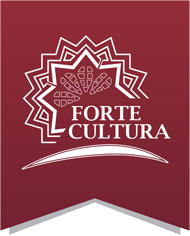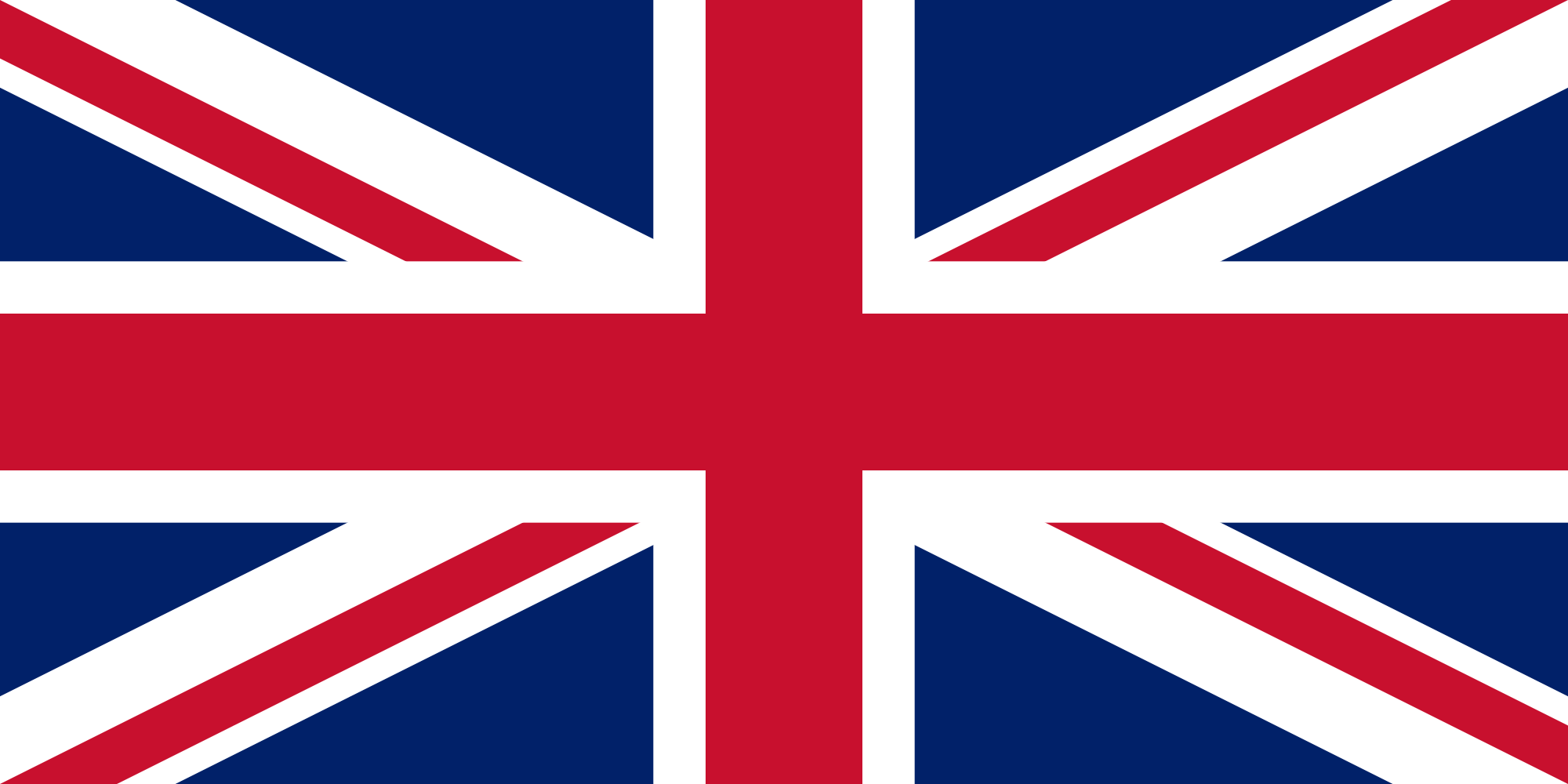San Marino is probably the oldest republic in the world. Its independence dates back to 301. At the same time, San Marino is one of the five smallest republics in the world, completely surrounded by Italy.
FORTE CULTURA® Travel Recommendations
Experience World
Rocca Guaita
The oldest and most important part of the San Marino fortress is the Rocca Guaita. The castle dates back to the 11th century and is enthroned on one peak of Monte Titano. The striking pentagonal tower (donjon) was renovated at the end of the 15th century. It stands without foundations directly on the rock of Monte Titano. From here you have a fascinating panoramic view.
Rocca Cesta
On the highest point of Monte Titano stands the Cesta Tower. Already used as an observation post in Roman times, today it houses an interesting Museum of Ancient Arms with 700 exhibits of all kinds of ancient armour and weapons.
City fortification San Marino
San Marino's capital is called San Marino and is also located on Monte Titano. From the 10th century onwards, the construction of fortification walls around the city began, which received shuttering towers from the 11th century onwards and also included the three castles Guaita, Cesta and Montale.
Tour Offers and Information
The Walk of Saint Marinus
Follow the pilgrimage trail the Dalmation stonecutter Marino, who founded the first San Marino community.
San Marino Experience
a unique opportunity to discover the history and ancient traditions of San Marino and to admire incredible summer sunsets from the top of Mount Titano and its three Towers, symbol of the freedom and millenary independence of this small Country.
San Marino on two wheels
E-Bike Experience is undoubtedly the reference for those who want to have an unforgettable cycling experience in San Marino. Located in Borgo Maggiore near the panoramic cable car station, E-Bike Experience offers numerous services dedicated to the bike and e-bike world.
Discover the true essence of San Marino
The museums of San Marino, its historic centre and the monuments of the Old Republic are a precious, indispensable aspect of the journey for those choosing to visit the territory starting from the Capital's historic centre.
Map
Monument and History
History Founded in 301 AD, the Republic was protected in the first centuries mainly because it was largely unknown. In the 10th century, the construction of fortification walls around the capital began. On the three peaks of Monte Titano, the three castles of Guaita, Cesta and Montale were built in succession. In 1337, all three city castles were mentioned in a document by Cardinal Anglico.
Quelle: Quelle: Quelle: Quelle:
Architecture San Marino's fortified architecture consists essentially of the three castles of Guaita, Cesta and Montale, as well as the city fortifications around the capital, with bastions, towers and city gates. The specific terrain of Monte Titano was skilfully incorporated.
Quelle: © Nickel Chromo Quelle: © San Marino Quelle: ©San Marino Quelle: ©Marcok
Nature Experience San Marino has a distinctive range of sports and leisure activities in the countryside. Although the area is only 61 square kilometres, there is a great variety of hiking trails through forests, meadows, streams, valleys and depressions.
Quelle: Quelle:



